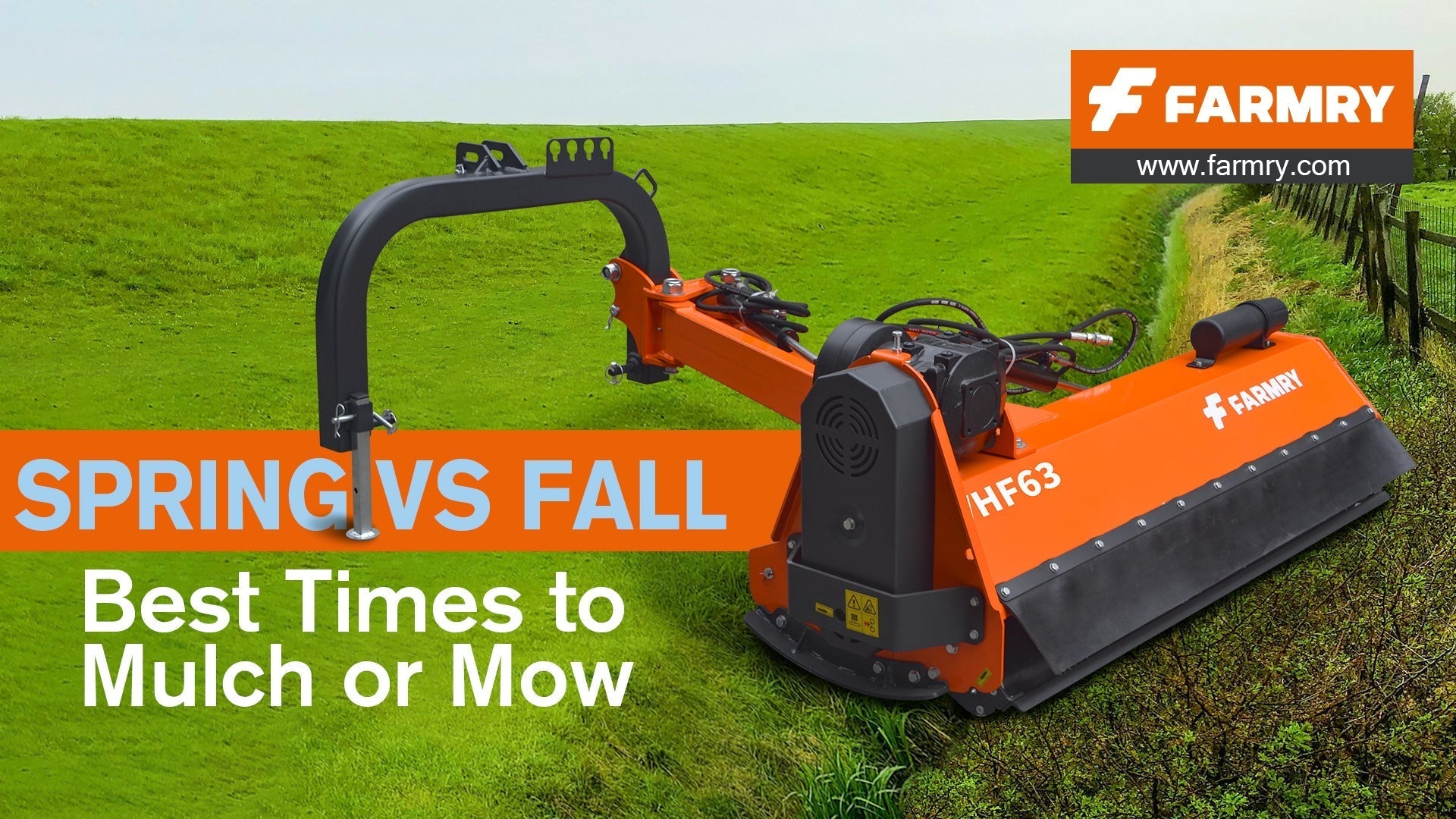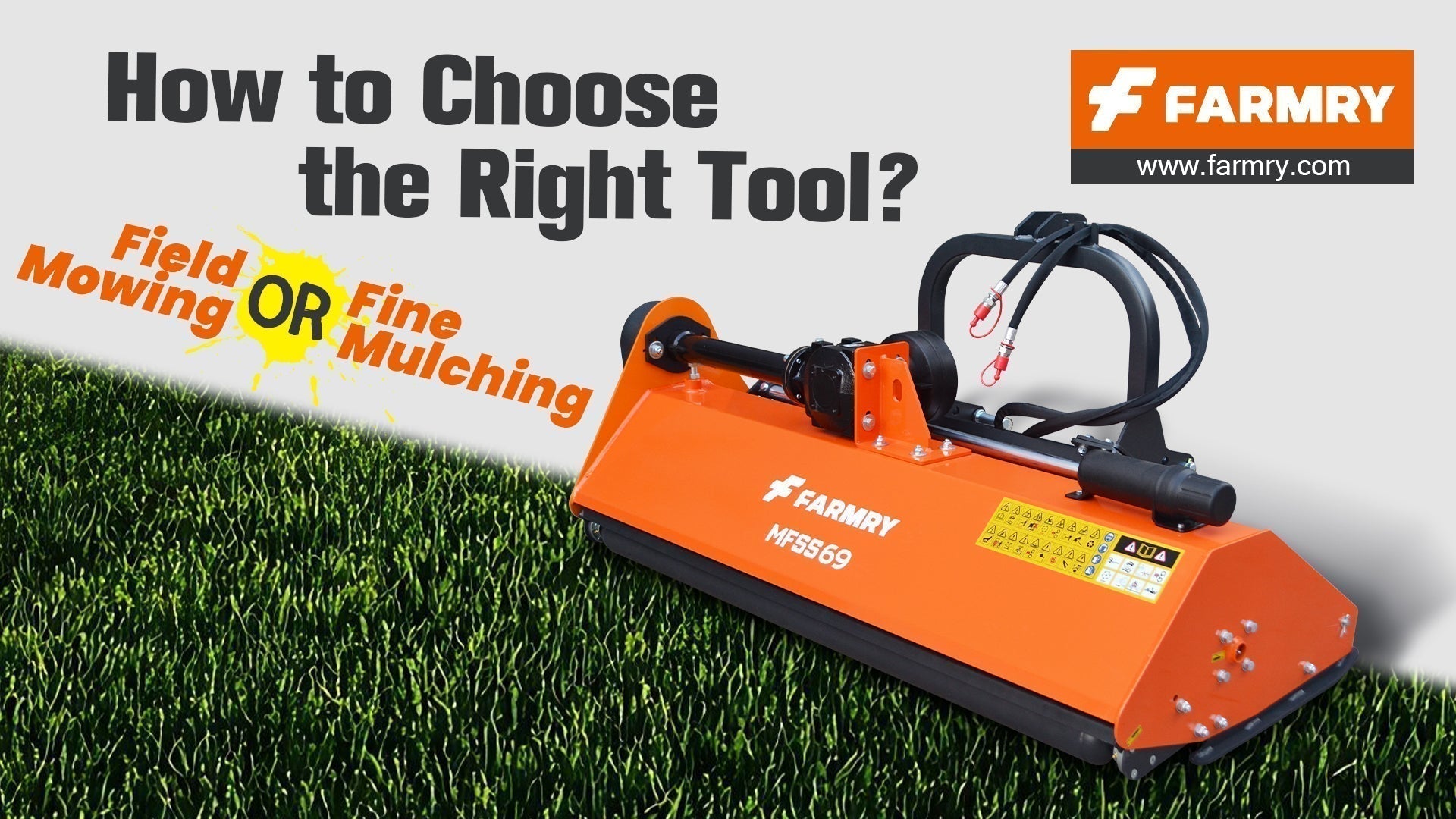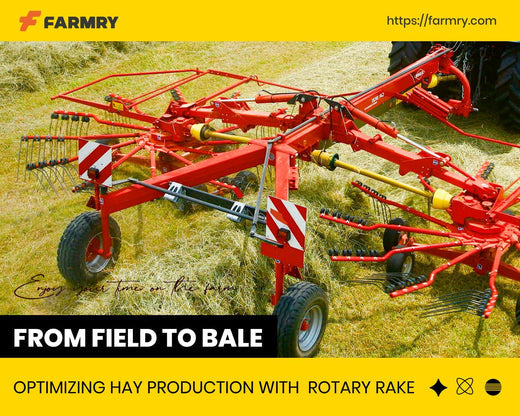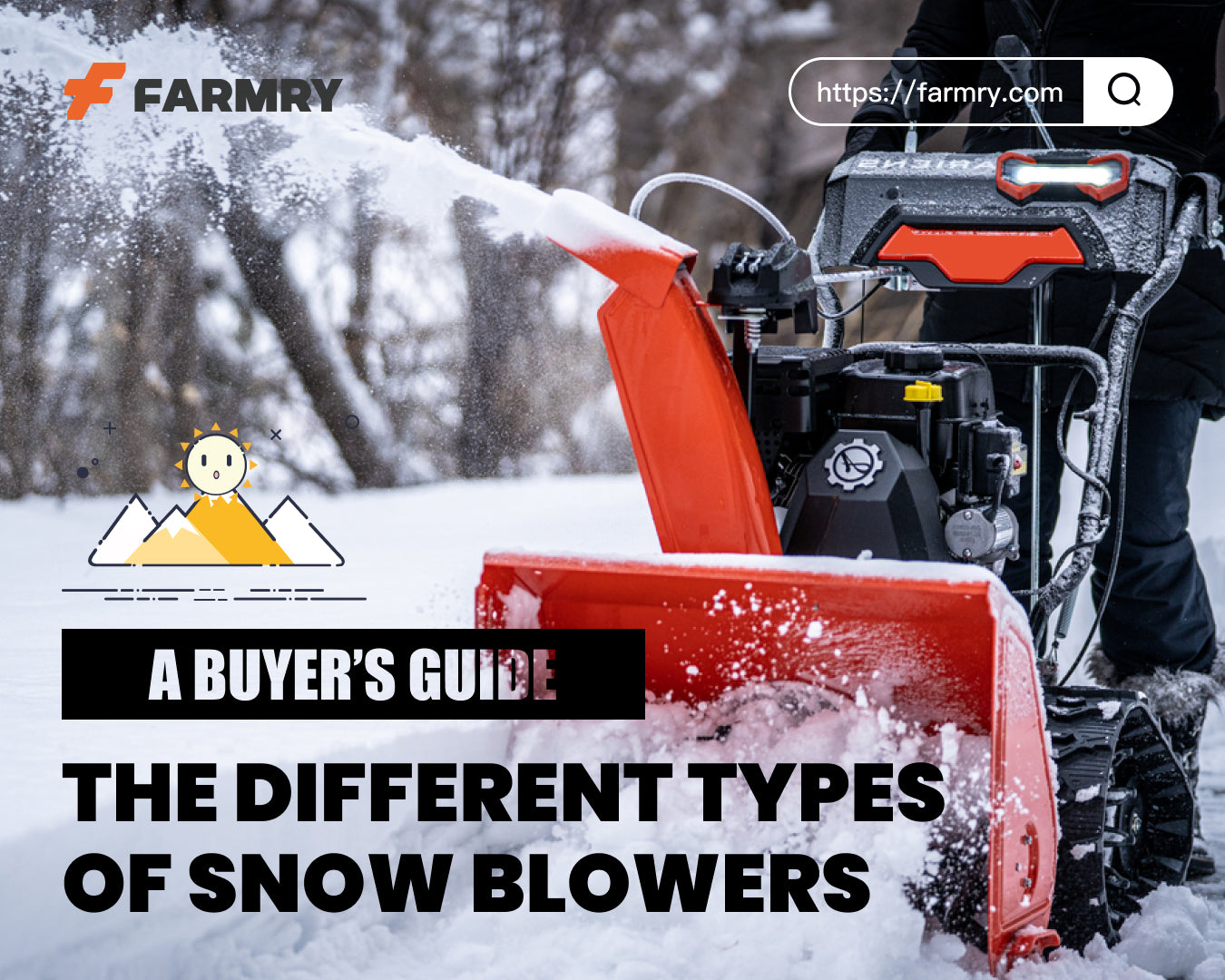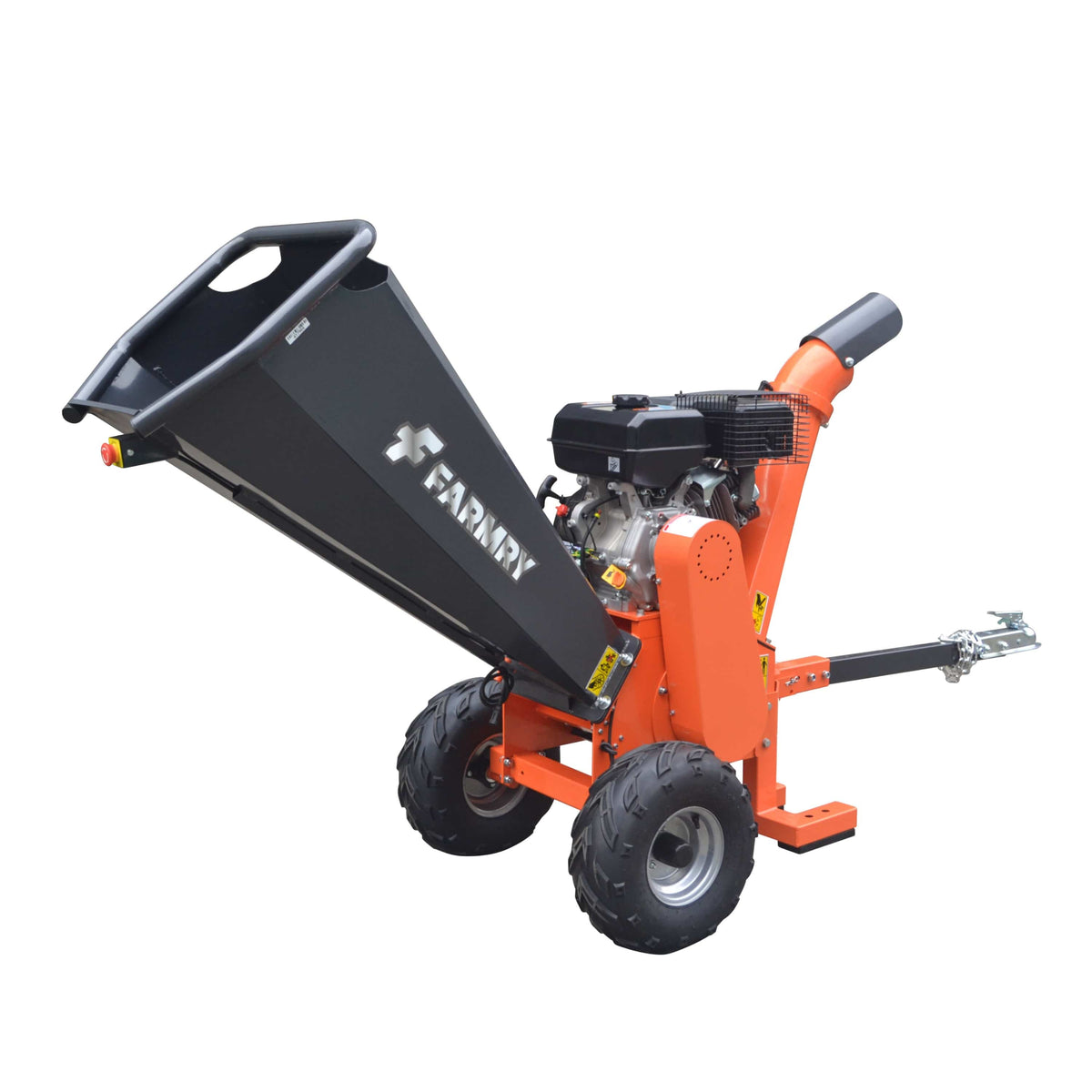Blade Types: Y‑Blades vs Hammer Blades vs Flail Knives
 Comparison Flail Mower Blade Types: Y Blades, Hammer Blades, and Flail Knives Explained
Comparison Flail Mower Blade Types: Y Blades, Hammer Blades, and Flail Knives Explained
Choosing the right blades for your flail mower isn’t just about fit—it’s about cut quality, efficiency, and blade durability. Whether you're managing finer grasses, tall grass, or tackling woody and stemmy areas, the blades you choose will directly affect blade performance, fuel efficiency, and finish.
This guide offers a simple breakdown of blade styles—y blades, hammer blades, and flail knives—so you can make an informed choice for your tractor and terrain.
Why Blade Type Matters
While rotary mowers and brush hogs use spinning horizontal blades, flail mowers rely on small, fast-spinning blades mounted to a rotating drum. The blade type impacts how vegetation is cut, mulched, or shredded.
Each blade style suits a different purpose, and the wrong choice can lead to uneven mowing, excess wear, or even mower damage. That’s why it’s important to compare options—and understand how each performs.
Quick Comparison Table: Flail Mower Blade Types
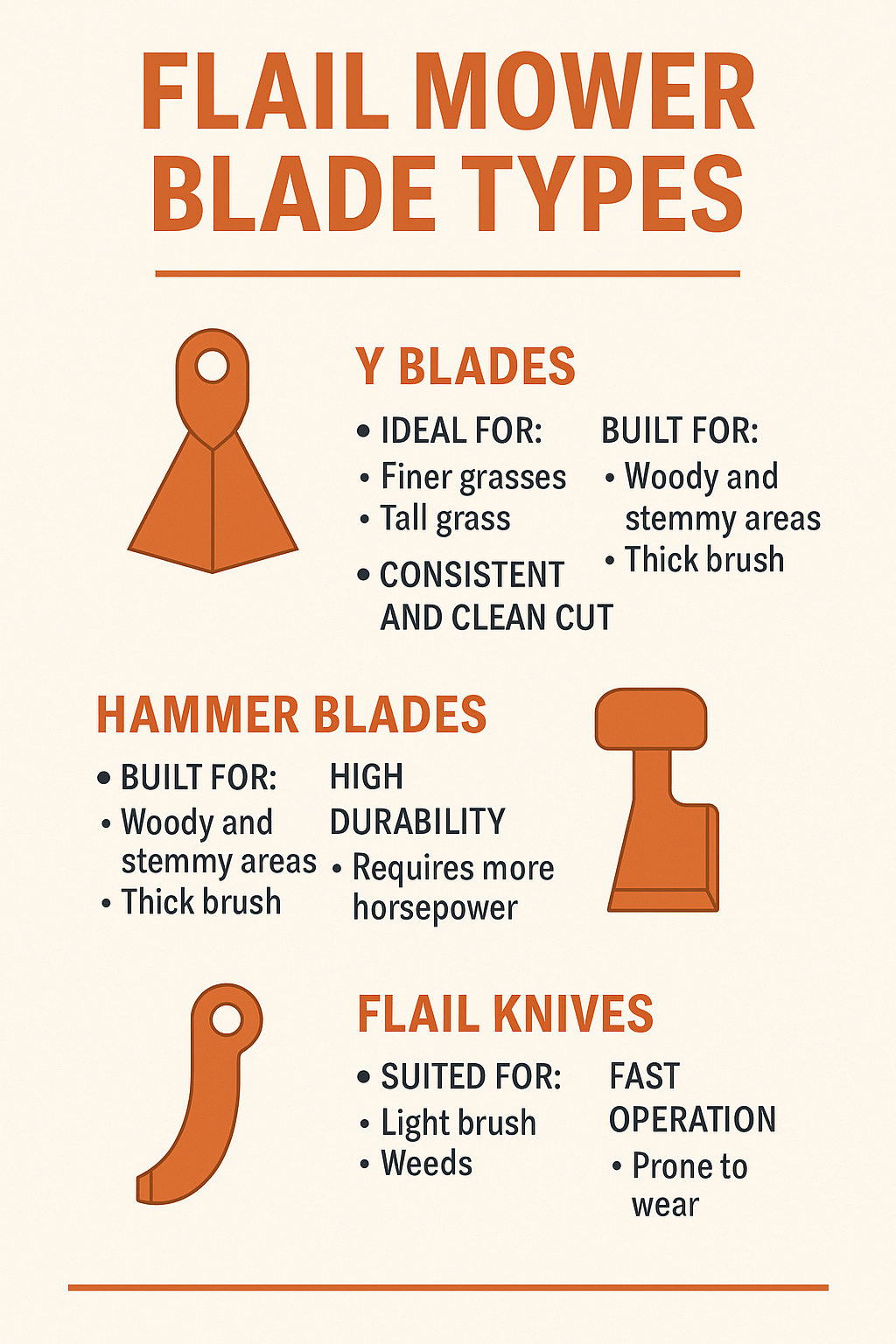
|
Blade Type |
Best Used For |
Cut Finish |
Durability |
Notes |
|---|---|---|---|---|
|
Y Blades |
Finer grasses, lawns |
Consistent and clean cut |
Medium |
Great for high-speed trimming |
|
Hammer Blades |
Woody and stemmy areas, thick brush |
Coarse but effective |
High (hammer blades excel here) |
Ideal for rugged terrain and debris |
|
Flail Knives |
Weeds, light brush |
Medium finish |
Medium-Low |
Best for fast operation on turf |
Y Blades – Ideal for Fine and Tall Grass
Y blades are flexible, V-shaped cutting tools that offer a clean slicing motion across wide areas. They’re the best choice for tall grass, pastures, parks, and soft terrain.
-
Best on: Lawns, finer grasses, large open fields
-
Benefits: Lightweight, lower power draw, smooth operation
-
Limitations: Not built for heavy-duty thick brush
If you’re using a y blade mower on well-maintained land, you’ll appreciate the consistent and clean cut they deliver.
Hammer Blades – Built for Tough Work
When you’re clearing thick brush, roadside ditches, or fields filled with small branches and woody stems, choose hammer blades. These forged, duckfoot-style blades offer superior blade durability and force.
-
Best on: Trails, forest edges, neglected pastures
-
Benefits: Hammer blades excel at mulching dense growth and even small saplings
-
Limitations: Heavier, requiring more horsepower, coarser finish
If you’re comparing blade types and durability is a key concern, hammer blades are your go-to option.
Flail Knives – A Middle Ground
Flail knives are flat or slightly curved blades designed for lighter vegetation. They're faster than hammers and more aggressive than Y blades, but they wear faster in heavy use.
-
Best on: Light brush, overgrowth, turf
-
Benefits: Fast, smooth operation with decent finish
-
Limitations: Not recommended for woody and stemmy areas
Flail knives are a good compromise if you're dealing with mixed vegetation but not tackling large debris or thick brush.
Blade Selection Tips: How to Choose the Right Flail Mower Blade
-
Choose hammer blades if you’re clearing unknown, dense terrain or lots of debris.
-
Use y blades when maintaining regularly cut grass or public spaces with appearance in mind.
-
For multi-purpose work with frequent blade changes, consider carrying both y blades and hammer blades for quick swaps.
Always check that your flail mower supports multiple blade styles and that your tractor’s horsepower is compatible with heavier blades.
FAQs
Q: What’s the main difference between Y blades and hammer blades?
Y blades are lighter and ideal for grassy areas. Hammer blades are heavier, stronger, and better for rough brush and stems.
Q: Do hammer blades require more horsepower?
Yes. Because of their weight and cutting force, hammer blades are best used with mid- to high-horsepower tractors.
Q: Can I switch blade types on the same flail mower?
If your rotor and mounts support different blades, yes—but always check the manual or ask your supplier.
Q: Are flail knives still common?
They’re less popular but still used, especially in turf management and for a slightly finer cut than hammer blades.
Q: Which blade type lasts the longest?
In rugged use, hammer blades excel in longevity and blade durability compared to the others.
Conclusion: Know Your Terrain, Know Your Blades
Not every blade is created equal. If your terrain varies or your mowing goals shift throughout the season, understanding the comparison flail mower blade types will help you get more out of your equipment.
From tall grass to thick brush, there’s a flail blade out there designed for the job. Choose wisely—and mow with confidence.

